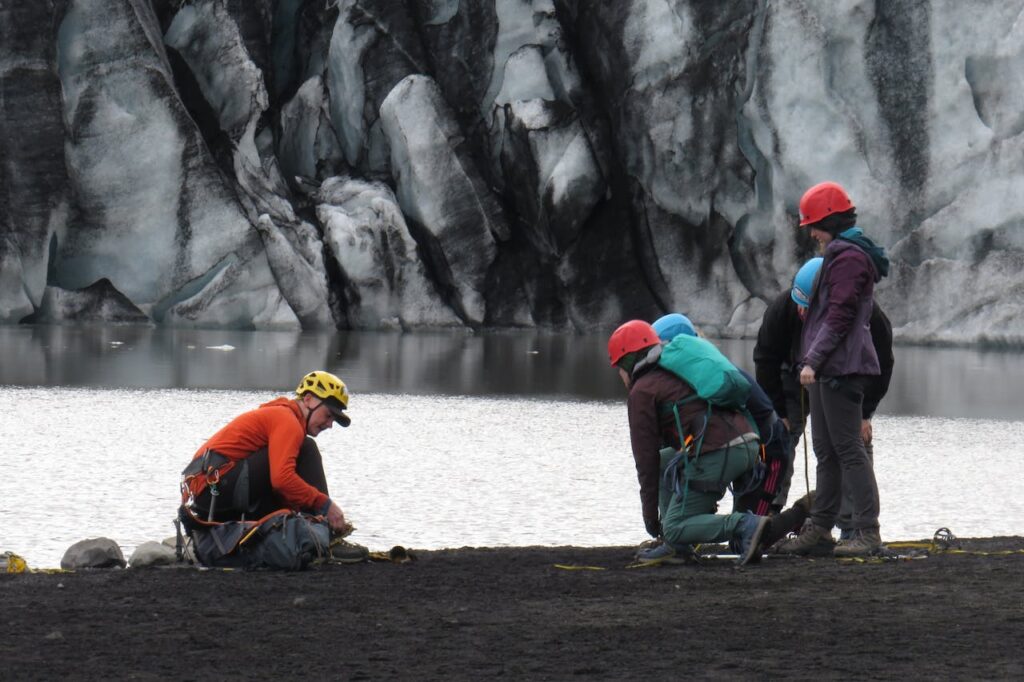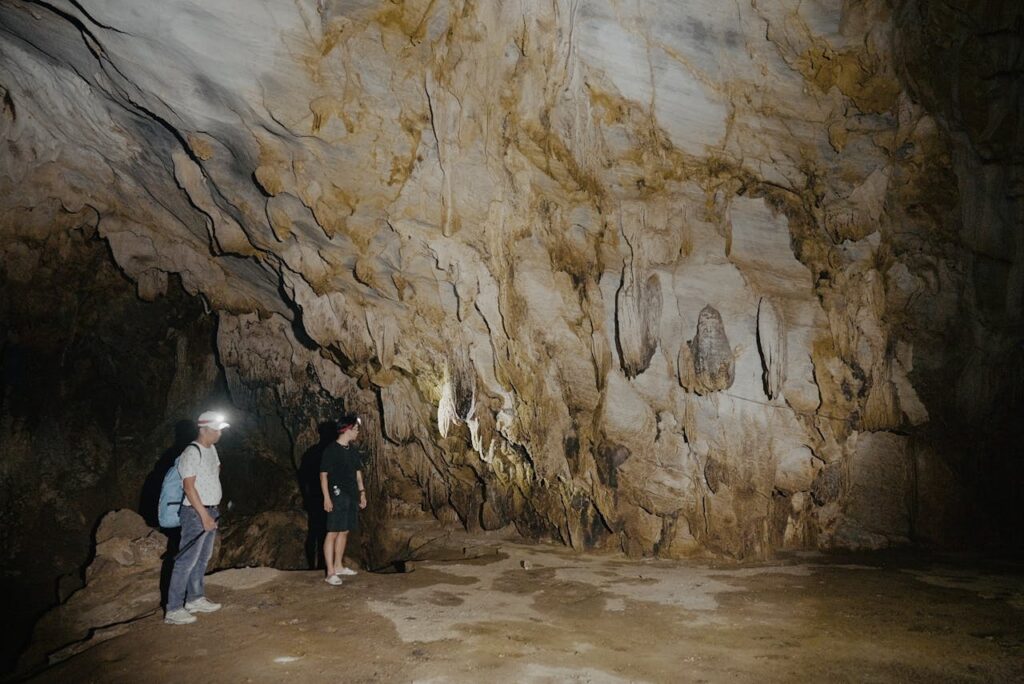Spelunking, also known as caving, is an exhilarating experience that transports you deep into the Earth’s interior. It’s an experience that blends the serenity of nature’s hidden beauty with the thrill of exploration. However, spelunking and caving can be unfamiliar terms to many. What makes a difference? And how can one begin this intriguing pastime? This post will explore the realms of caving and spelunking, discuss typical problems, and offer helpful guidance to get you started on your underground adventures.
Common Challenges
Spelunking and caving can be intimidating to novices. Common worries include claustrophobia, fear of the dark, and potential hazards in cave environments. It can also be very difficult to locate accessible and safe caves, comprehend what equipment is needed, and acquire the right techniques. For newcomers, it may be challenging to enjoy the experience to the fullest because of these obstacles.
Finding Solutions
The good news is that anyone can enjoy caving and spelunking with the correct instruction and preparation. Crucial measures include overcoming your fears, picking up tips from seasoned cavers, and arming yourself with the appropriate information and equipment. We’ll go into more detail about these solutions in the sections that follow, enabling you to start your caving adventures with assurance and safety.
Getting Started with Spelunking and Caving
Understanding the Basics
Before diving into spelunking, it’s essential to understand the basics. Caves are natural underground spaces, formed over thousands of years through geological processes. They can be dry, wet, vertical, or horizontal, each type offering different challenges and experiences.

Essential Gear
Proper gear is crucial for a safe and enjoyable caving experience. Here’s a list of essential equipment:
- Helmet: Protects your head from bumps and falls.
- Headlamp: Ensures you can see in the dark. Always carry a backup light.
- Sturdy Boots: Provides traction and ankle support.
- Gloves: Protects your hands from sharp rocks and helps with grip.
- Knee Pads: Offers protection when crawling.
- Rope and Harness: Essential for vertical caves.
Investing in good quality gear is important for your safety and comfort.
Finding the Right Cave
For beginners, it’s best to start with well-known, accessible caves. National parks and local caving clubs are great resources for finding beginner-friendly caves. These locations often have guided tours and experienced cavers who can offer advice and support.
Overcoming Common Fears
Fear of the Dark
The fear of the dark is natural. To overcome it, start by exploring well-lit caves or going with a group. Gradually expose yourself to darker environments as your confidence grows. Remember, your headlamp is your best friend.
Claustrophobia
Claustrophobia, or the fear of confined spaces, can be a significant barrier. Begin with larger, more open caves to acclimate yourself. Practice deep breathing and visualization techniques to stay calm. Over time, as you gain experience, your comfort level will increase.
Safety Concerns
Safety is paramount in spelunking and caving. Always go with a group, inform someone of your plans, and never exceed your skill level. Taking a caving course or joining a caving club can provide valuable training and support.

Exploring Advanced Techniques
Vertical Caving
Vertical caving involves descending and ascending cave shafts using ropes and harnesses. This advanced technique requires specialized training and equipment. Taking a vertical caving course is highly recommended for those interested in this aspect of spelunking.
Cave Diving
Cave diving is one of the most challenging and dangerous forms of caving. It involves diving into underwater caves, requiring advanced scuba diving skills and equipment. This activity should only be attempted by experienced divers with proper training.
The Joy of Spelunking and Caving
Despite the challenges, spelunking and caving offer unique rewards. The sense of adventure, the beauty of underground landscapes, and the thrill of discovery make every trip memorable. Caving can also be a deeply meditative experience, providing a sense of peace and connection with nature.

People Usually Ask
What’s the difference between caving and spelunking?
Caving refers to the exploration of wild cave systems, often as a sport or hobby. Spelunking, particularly in the United States, describes amateur cave exploration. While the terms are used interchangeably, caving is more associated with serious and professional exploration, whereas spelunking is often seen as a recreational activity.
Why is cave diving called spelunking?
Cave diving is a specialized form of spelunking that involves exploring underwater caves. It combines scuba diving with caving and requires advanced skills and equipment. The term spelunking is used because it still involves exploring cave systems, albeit underwater.
What do Americans call caving?
In the United States, both “caving” and “spelunking” are used to describe the activity of exploring caves. However, spelunking is more commonly used to refer to amateur cave exploration, while caving can imply a more serious or professional approach.
Is spelunking a job?
While spelunking itself is typically a recreational activity, some people do make careers related to caving. This can include roles such as cave guides, researchers, geologists, and environmental scientists who study cave ecosystems. Additionally, professional cavers may be involved in cave mapping and rescue operations.
Is spelunking a sport?
Yes, spelunking can be considered a sport, especially when it involves challenging physical activity and competition. Organized caving expeditions, exploration of difficult cave systems, and participation in caving clubs and events all contribute to its recognition as a sport.
Why do people go caving?
People go caving for various reasons: the thrill of exploration, the beauty of underground formations, and the physical and mental challenges. Caving also offers a unique connection with nature and a sense of adventure. For many, it’s a way to escape the everyday world and experience something truly extraordinary.
Conclusion
Spelunking and caving open up a world of adventure beneath our feet. With the right preparation, gear, and mindset, you can safely explore these natural wonders and discover the hidden beauty of the Earth’s underground. Whether you’re a novice or an experienced caver, the journey into the depths is always rewarding, offering both excitement and tranquility. So gear up, conquer your fears, and let the adventure begin!
Read on debunking myths about Caving.
